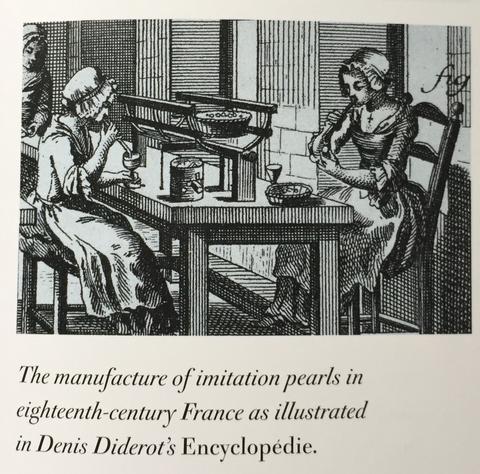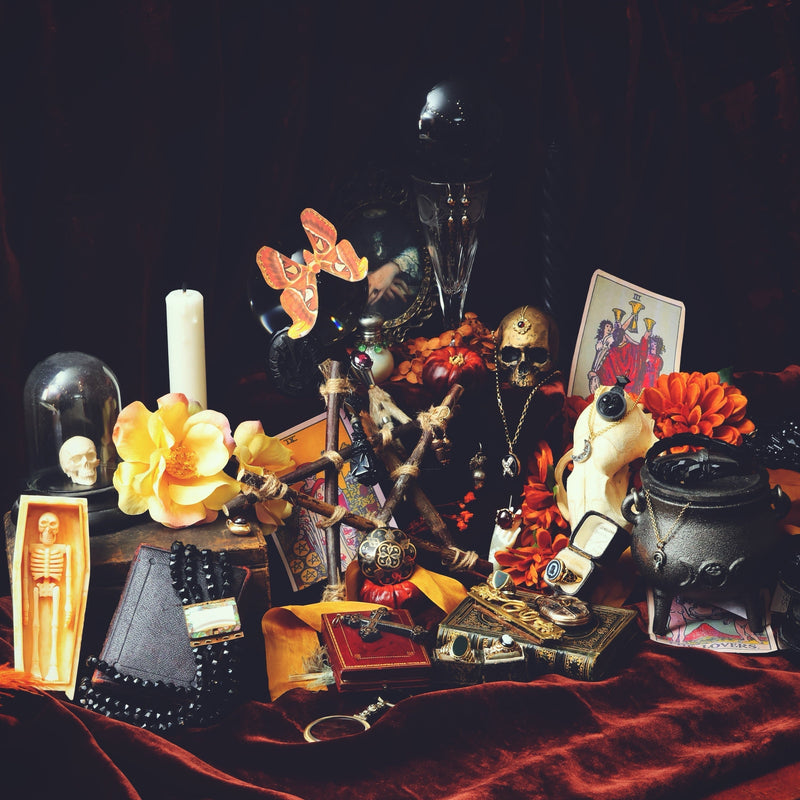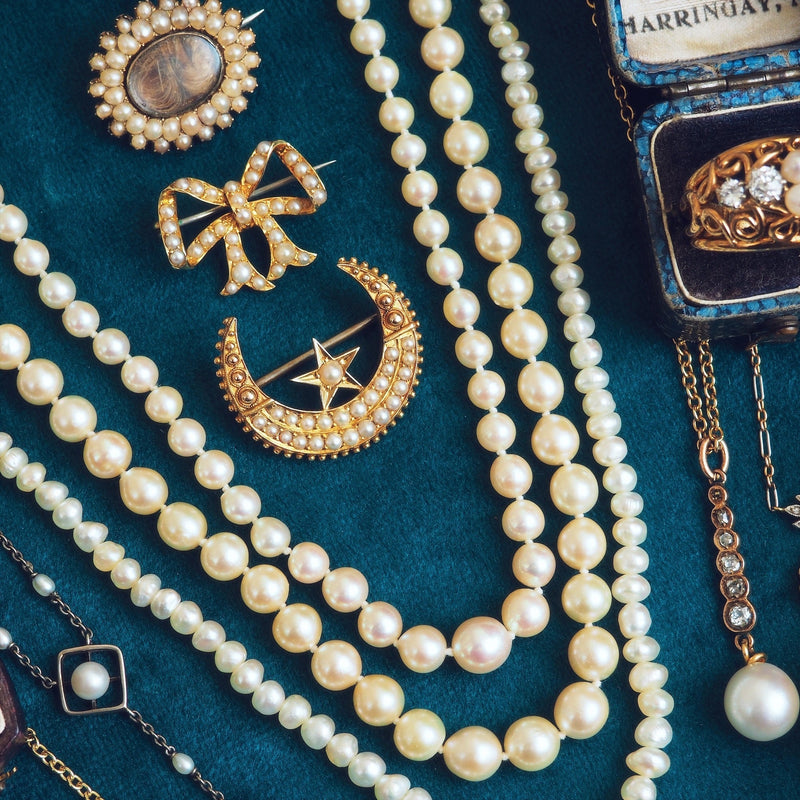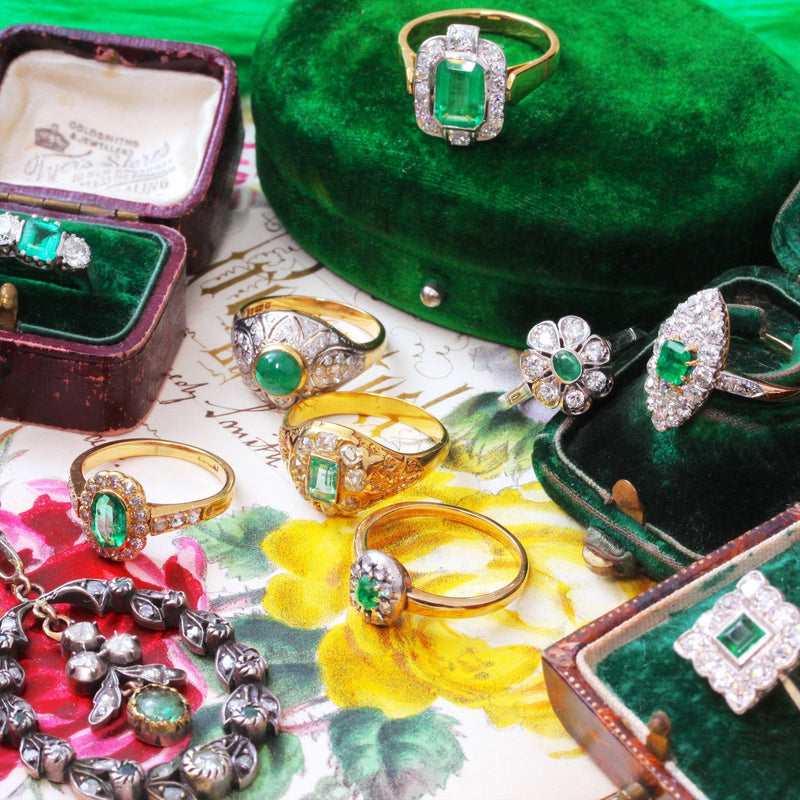


I could see they had quite some age as they were fairly grubby and had an antique 'Black Dot Paste' clasp. They had caught my curiosity, and searching online, after a bit of digging I came across the their story...that of the Fish Scale Glass Pearl, which is told through the following articles; Firstly, Loretta Chase and Susan Holloway-Scott aka The Two Nerdy History Girls describe the hunger for Pearls. It should be noted that the only Pearls available at the time were natural Pearls, and that approximately one oyster in 1000 produces a Pearl big enough to be called' gem quality', and so they were a rare commodity. 'European ladies yearned for the look of pearls, even if they couldn't afford the real thing, and ingenious craftsmen were creating look-alikes from the middle ages onward. By the 18th c. – an era when pearls were the perfect accessory to flowing, pastel Rococo fashions they were much in demand. The luxury-craft is described in Denis Diederot's famous Encyclopedie, which includes illustrations of women making the beads.' http://twonerdyhistorygirls.blogspot.co.uk/2011/05/roman-pearls-faux-jewels-for-18th-c.html

Image: 'Mrs Jerathmael Bowers' by John Singleton Copley c.1763.
A description of the discovery from Christine Dec Jewelry; 'A Frenchman by the name of Jacquin observed that when fish were in a barrel of water, a resulting film of silvery pearlescent particles on the water's surface was quite lovely. Skimming these particles and dehydrating them, he discovered a lustrous powder that captured his imagination; he had a most unusual iridescent pigment and began experimenting in the early manufacture of faux pearls.'
https://christinedecjewelry.wordpress.com/materials-beads-glass-pearls/

The technique used, as described by Marie-José Opper and Howard Opper in their 1996 article Imitation Pearls in France; 'The production of false pearls continued to grow in the 18th century. A mid-century encyclopedia covering handicrafts and manual trades includes a three-page segment illustrating the process (Diderot and d'Alembert 1751-1772) describes the manner in which blown glass beads were filled with essence d'orient. The essence was sucked into a pipette and then blown into the bead which was then attached to a waxed stick and plunged into a bowl of melted wax. The final step involved piercing the wax core to produce the hole. To further enhance their luster, false-pearl beads were made using a special opale-scent French glass called girasol (Barrelet 1954: 119). Traditionally, men were responsible for blowing the glass beads, while women filled them.' 'ttp://surface.syr.edu/cgi/viewcontent.cgi?article=1076&context=beads
It would appear possible that many of the 'Pearl' necklaces that feature in portraits from previous centuries could in fact be glass 'Fish Scale' Pearls...

'What is likely the most famous strand of faux pearls worn in 18t c. North America: the necklace worn by First Lady Abigail Smith Adams (1744-1818). In the earliest known portrait of her, the pastel portrait, left, she is shown wearing the fashionable glass pearls. A strand of pale pink beads belonging to her is now in the collection of the Smithsonian Institution, donated by a descendant in 1914.' http://twonerdyhistorygirls.blogspot.co.uk/2011/06/more-faux-pearls-abigail-adamss.html
Fish Scale Pearls were made for an extended period of time and it is difficult to tell the age of our Pearls, but their luminous hand-blown beauty transcends time, and so we have cleaned these precious little survivors and rethreaded them so that they can be worn as they were intended. They would make the most exquisitely unique, delicate and historic wedding necklace.








